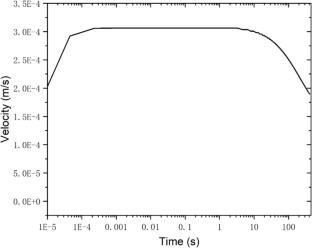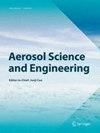Numerical Research on Aerosol Transport and Deposition Inside a Heat Exchanger Tube Based on Lagrange Methodology
Abstract
The passive containment cooling system adopted in advanced light water reactors can enhance the natural removal of suspended aerosols inside containment during accidents. The primary removal mechanism is the diffusiophoresis in steam environments with the presence of non-condensable gas. The lumped-parameter methodology is widely used to calculate the natural removal of aerosol in the nuclear industry, which cannot obtain the mechanistic analysis of aerosol behavior. A numerical simulation methodology based on the Euler–Lagrange system was developed in this paper for the mechanistic analysis. COPAIN experiments and a hypothetical case validated the steam wall condensation model and aerosol diffusiophoresis model in this methodology. Then the experiments on aerosol transport and deposition inside a heat transfer tube were simulated using the validated numerical methodology. The simulation results agree well with the experiments. Numerical analysis indicates that the aerosol deposition rate decreases with increasing particle size with the combination effect of Stefan flow, thermophoretic, and diffusiophoretic forces. Stefan flow plays a dominant role; In the steam–air environment, diffusiophoretic force slightly weakens the aerosol wall deposition. The numerical simulation methodology developed in this work can be used to mechanistically analyze the behavior of aerosol transport and deposition inside containment during accidents.


 求助内容:
求助内容: 应助结果提醒方式:
应助结果提醒方式:


